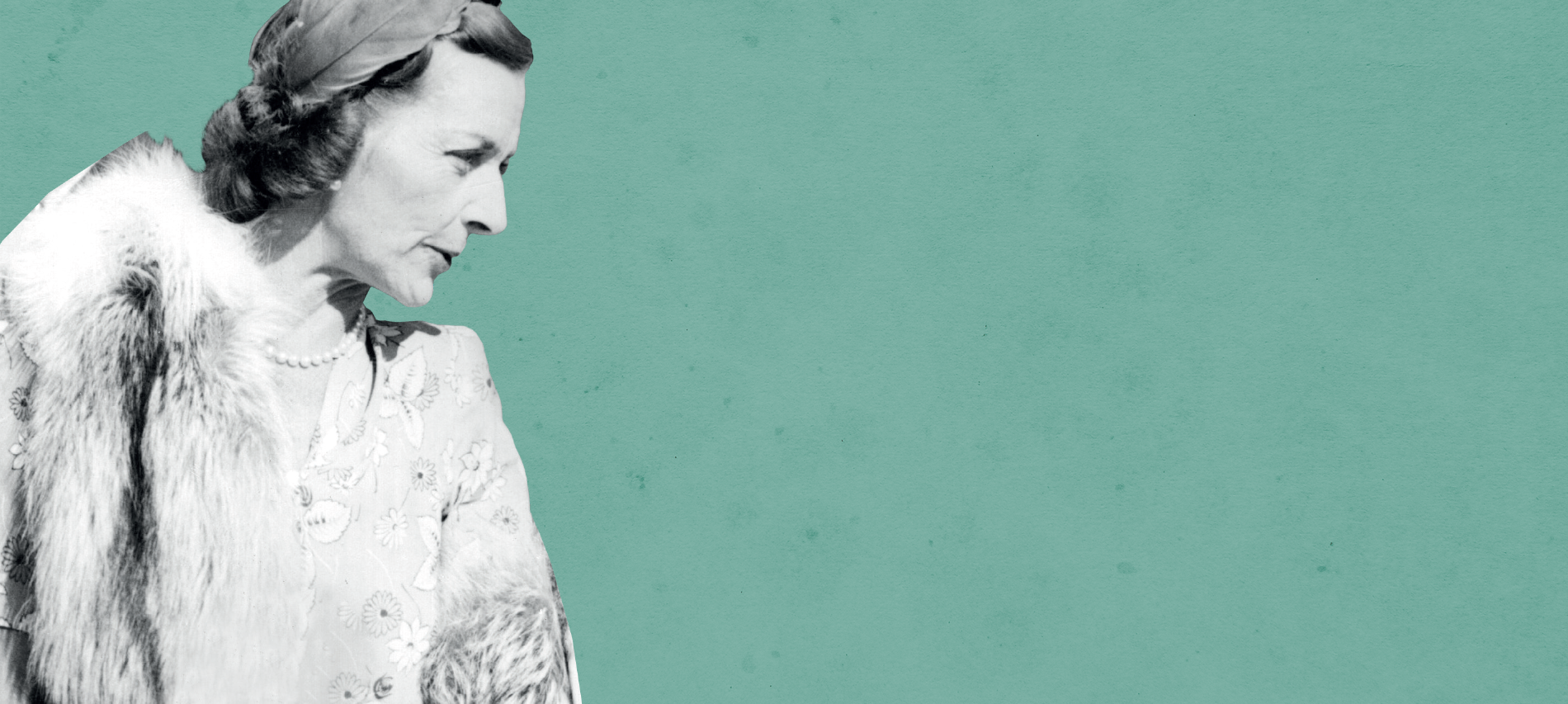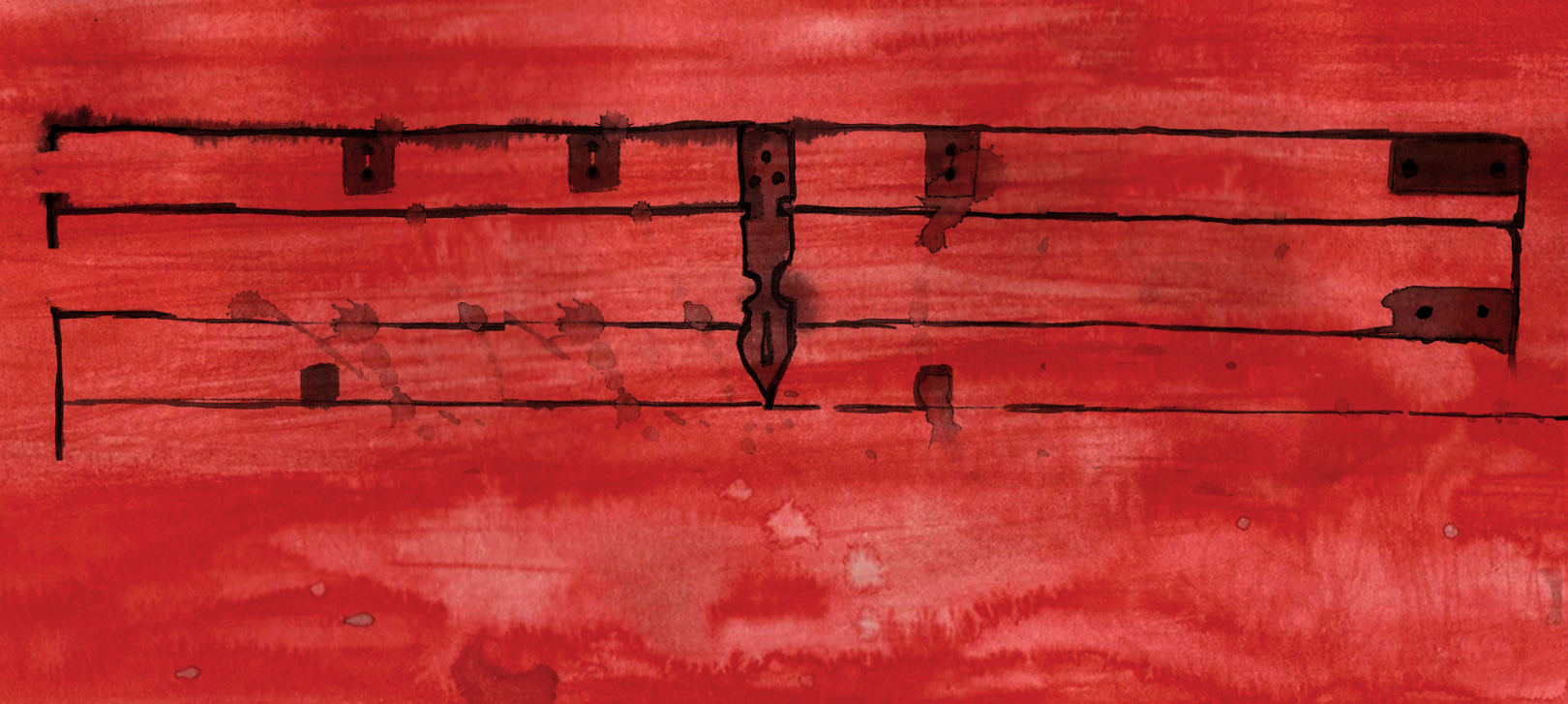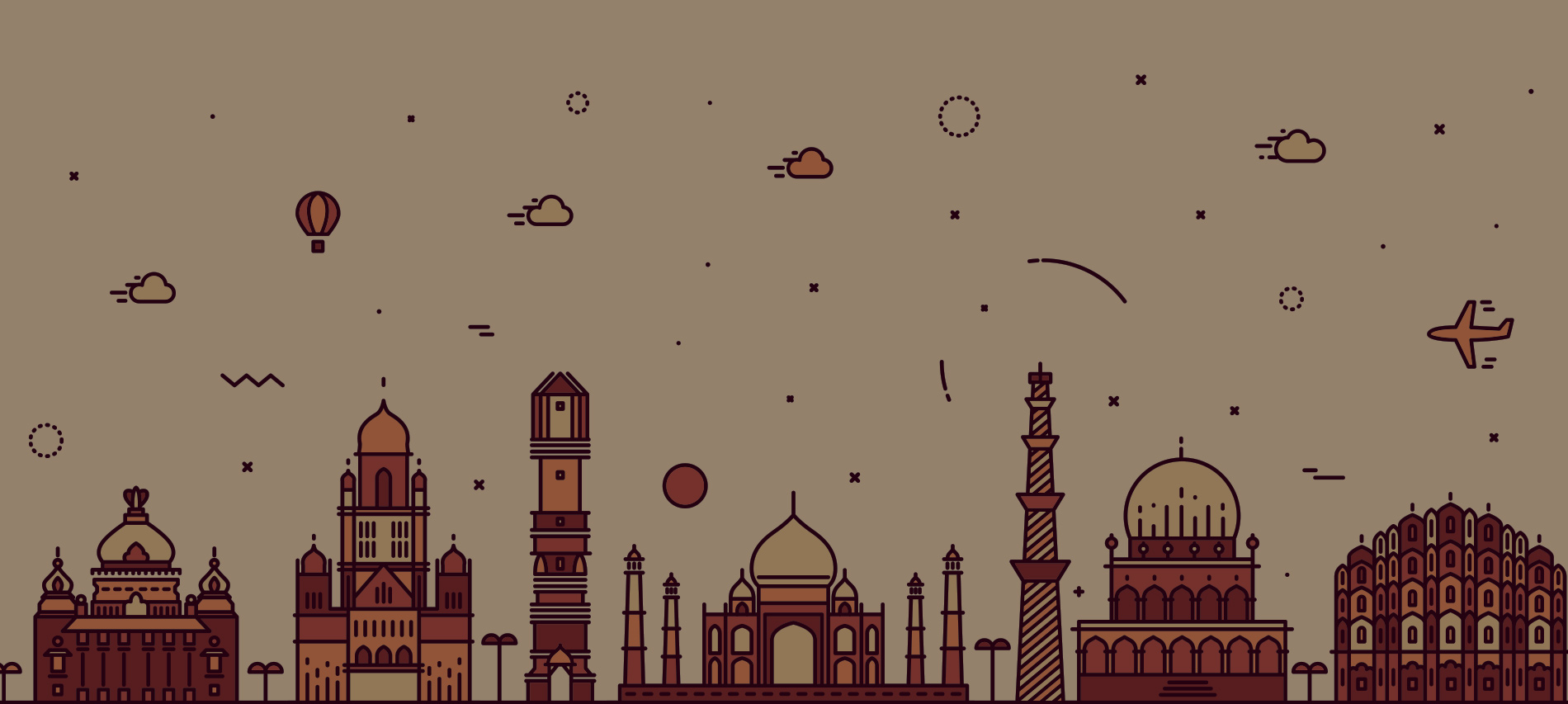In the spring of 1947, Lord and Lady Mountbatten set foot in the sultry heat of Delhi. A woman of unparalleled charisma, influence and beauty, Edwina Mountbatten was also one of Jawahar’s closest. Little did anyone know that their lives were about to change forever as lines would be drawn through the soul of undivided India.
A beautiful, heart-breaking tale of love, loss and unflinching faith, Rhiannon Jenkins Tsang’s The Last Vicereine takes us through a blossoming relationship that was one of a kind, amidst the storm of Partition.
Here is an excerpt from the novel:
My God, India was hot! Standing on the tarmac at Palam airport, the heat took my breath away. Everything was white. My eyes ached from the brightness. Had I been living so long in the darkness that I had forgotten the light?
Where I sweated and wilted, Edwina was as cool as a cucumber. We had landed ages ago and the boxes were mostly unloaded. The Viceroy and Vicereine Designates had been received by the waiting dignitaries and Dickie had long since finished inspecting the guard of honour. Yet she tarried.
She stood about ten feet away from the foot of the steps to the aircraft. All fizz and sparkle, her weight resting seductively on to one hip, she was deep in conversation with two Indian men. Already, they were under her spell. They were Liaquat Ali Khan, General Secretary of the Muslim League, and Jawaharlal Nehru, Vice President of the interim government. Both of them were famous and I recognized them immediately from newsreels, papers and books. The handsome, charismatic Nehru was the man most likely to be the Prime Minister of the new independent India after we left. But it looked like Edwina knew them personally. She had greeted them like they were long-lost friends. Now she was chatting animatedly, talking French style, with her hands and shoulders, as was her way.
The rest of us were gathered by the cars, waiting to leave the airport. Dickie’s face was inscrutable. But he pulled awkwardly at the hem of his jacket as if trying to straighten it when it was not creased. It was getting embarrassing. She was almost flirting. Did she know she was keeping everyone waiting? If she did, she didn’t seem to care.
Squinting and shading my eyes against the sun, I saw that now Nehru was doing the talking. He must have said something very funny for Khan rolled his eyes to the sky and all three of them burst out laughing.
It was a relief when at last we got in the cars.
‘Best keep the windows up as much as you can once you enter Delhi,’ the young British officer from the 14th Punjabi Regiment warned. He closed our car door gently, almost as if he were tucking children up in bed.
I was squashed between the side of the car and Ronnie Brockman who seemed owl-like in his spectacles. He, in turn, was wedged against a bulging padlocked briefcase and Elizabeth Ward. Just after we landed Edwina had thrust the shoebox containing the tiara into my hands for safe keeping. Tenderly, I cradled it in my lap as the cars sped towards New Delhi.
On the outskirts of the city we stopped so that Edwina and Dickie could transfer into the horse-drawn landau for the final leg of the journey to Viceroy’s House. I could not see the point of such a show for there was a marked lack of crowds to welcome the new Viceroy and Vicereine. Out of nowhere, I remembered that in 1912 someone had thrown a bomb at the elephant carrying the then Viceroy, Lord Hardinge, and his wife when they were passing through Chandni Chowk in Old Delhi. The Viceroy had sustained serious injuries, and the mahout had been killed. And now Dickie and Edwina were out in front in the open-topped carriage. They smiled through clenched teeth at the non-existent crowds, and hated one another. They had not exchanged more than a few words during the whole flight.
Through the windscreen of the car I watched the landau with its mounted escort of the Viceroy’s bodyguard, wheel past India Gate. Facing the Gate was a high stone canopy underneath which stood a monumentally square, almost Soviet-style statue of King George V.
‘Look!’ Ronnie Brockman pointed to the great cupola dome of Viceroy’s House. In the distance, it seemed to float on a cushion of the palest blue. ‘Designed by Sir Edwin Lutyens. Isn’t it magnificent?’ Ronnie had been in New Delhi during the war when he was Secretary to Lord Louis in his capacity as Supreme Allied Commander South East Asia. He was gearing up for the role of tour guide. ‘The city of New Delhi was commissioned in 1911, and designed by Lutyens and his colleague Herbert Baker. It is in a unique style, as you will see, combining Western classicism with Indian decorative motifs.’ Elizabeth and I nodded dutifully. Judging the danger of bombs, stones and Molotov cocktails to be minimal by this point, I rolled the window down.
There was no wind, not even the promise of a breeze. The pennants on the lances of the Viceroy’s bodyguard barely moved. The men were tall in their turbans, splendid in white breeches, black jackboots and red jackets. The hooves of their horses clattered as they rode a neat collected trot.
‘North Block, South Block.’ Ronnie Brockman was feeling at home, proudly indicating the two great administrative blocks of red sandstone, one on either side of the road, each topped with its own miniature dome. Here was the heart of the British Raj that ruled over four hundred million people. I wondered who might be looking down at us from behind the black unblinking windows. The size and the scale of the buildings made Whitehall look like a toy town. Surely it was Britain that was ruled by India, not the other way round?
Grab your copy of ‘The Last Vicereine’ here today!

Tag: history of India
6 Times Sister Nivedita had to Struggle Between her Heart and Mind
Margaret Noble arrived at India’s shores in the late nineteenth century, took the vows of a brahmacharini and devoted the rest of her life to the cause of India. She was enchanted by Swami Vivekananda but their vows of celibacy kept her from expressing her feelings for him. Regardless, she went on to worship him, making her heart and mind work in tandem.
Here are six times Sister Nivedita faced a struggle between her heart and mind.
Nivedita was filled with an overwhelming sense of devotion and love for Swami Vivekananda

Nivedita’s love for her King, astonished many

For Sister Nivedita, Swami Vivekananda’s visit to London was a divine intervention

For Sister Nivedita, being close to her King was all that mattered

She felt guilty for ignoring her family but she couldn’t help it

Going against her impulsive nature, Sister Nivedita vowed to practice the wisdom of restraint as advised by her dear Guru

Tell us which aspect of Nivedita’s love for her King astonished you the most.

5 Books You Must Read in Remembrance of the Partition
The pain of partition accompanied the joy of freedom for India. Even after seventy years, the horrors of violence still haunt the two countries.
The Remembering Partition Box Set is a collection of five iconic books which look at the different faces of partition, from the larger political and historical view to the very personal tales of hatred, grief, courage and friendship.
Here are the five books that commemorates one of the most defining moments of our history.
Train to Pakistan by Khushwant Singh
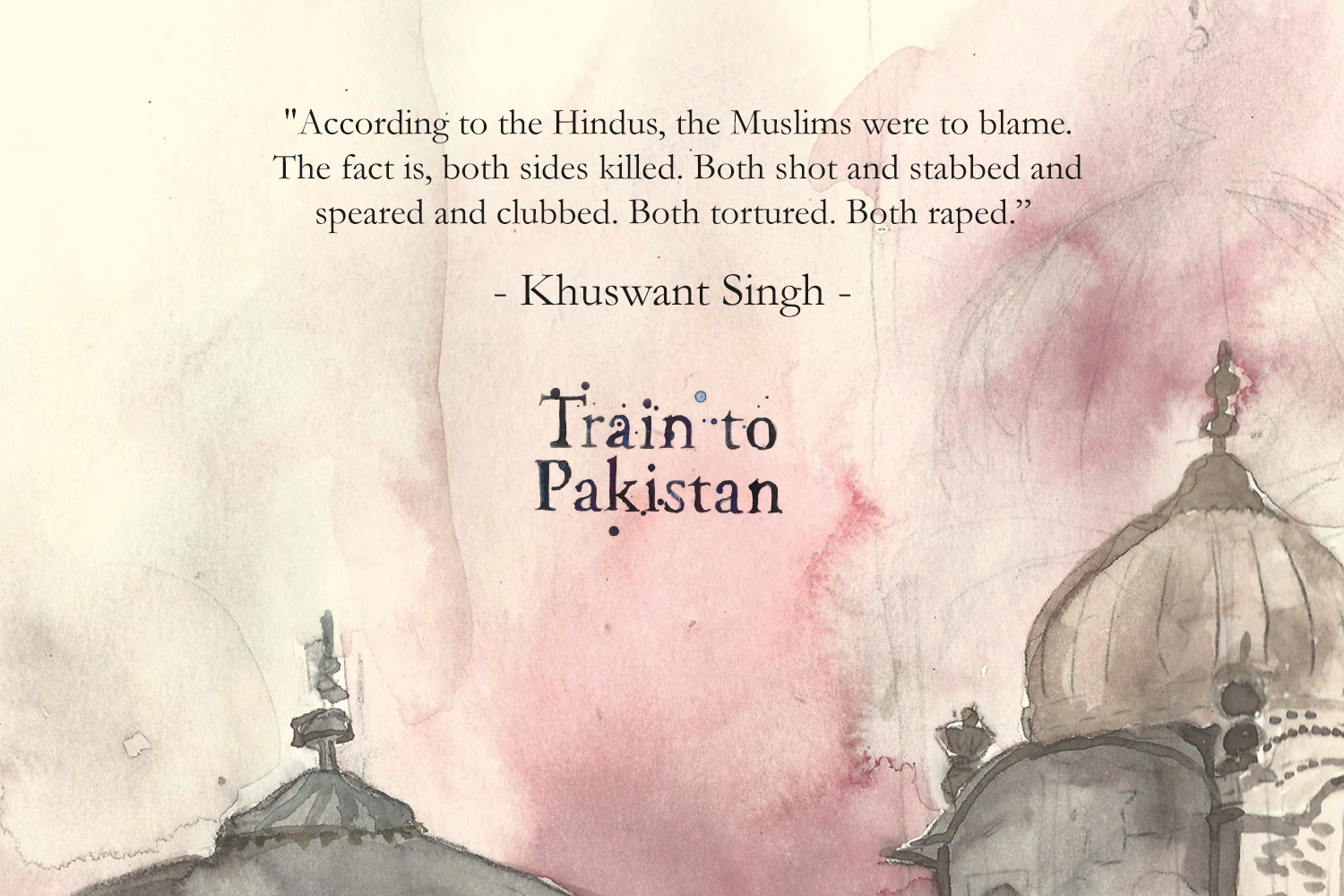
Ice-Candy-Man by Bapsi Sidhwa
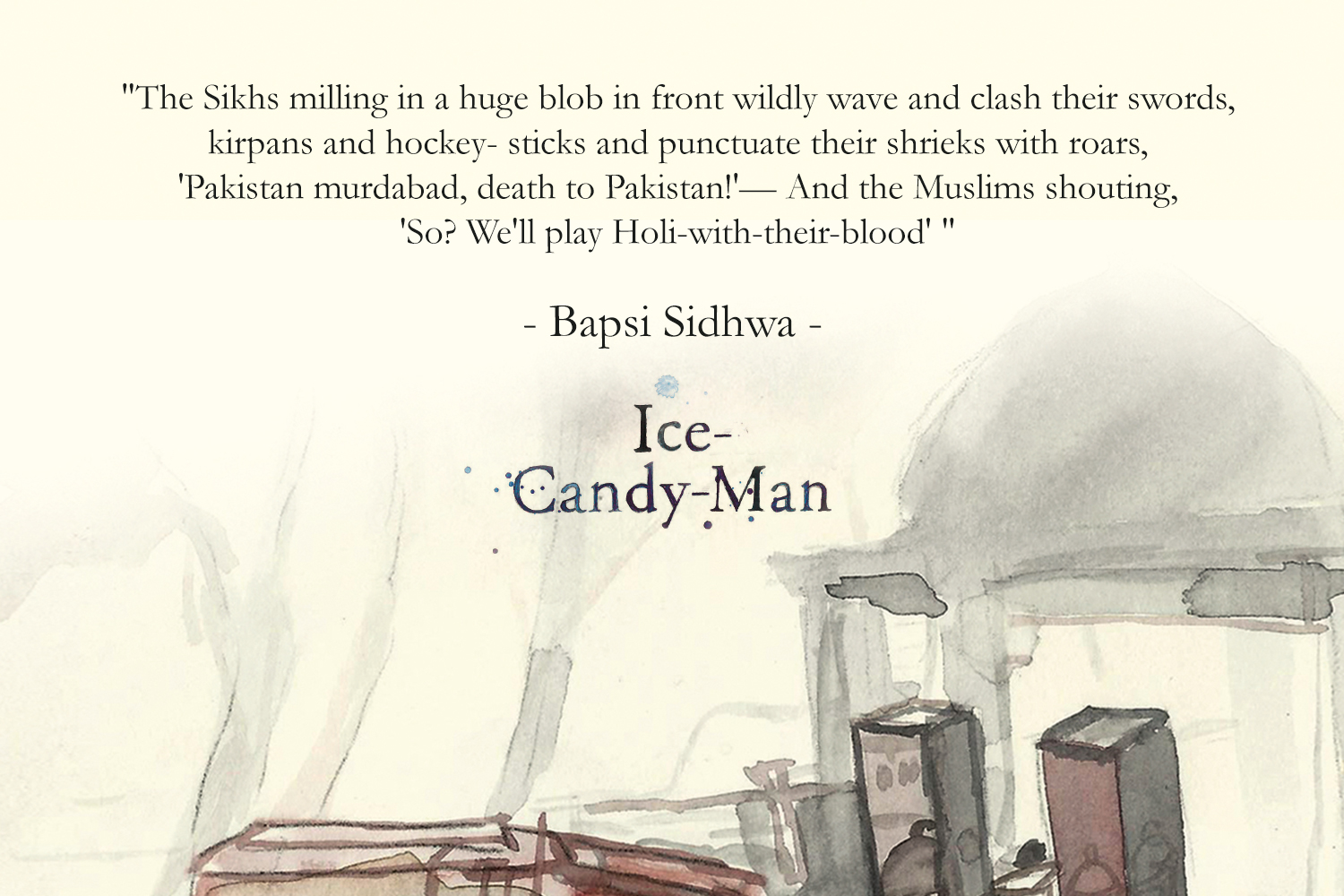
This Is Not That Dawn by Yashpal
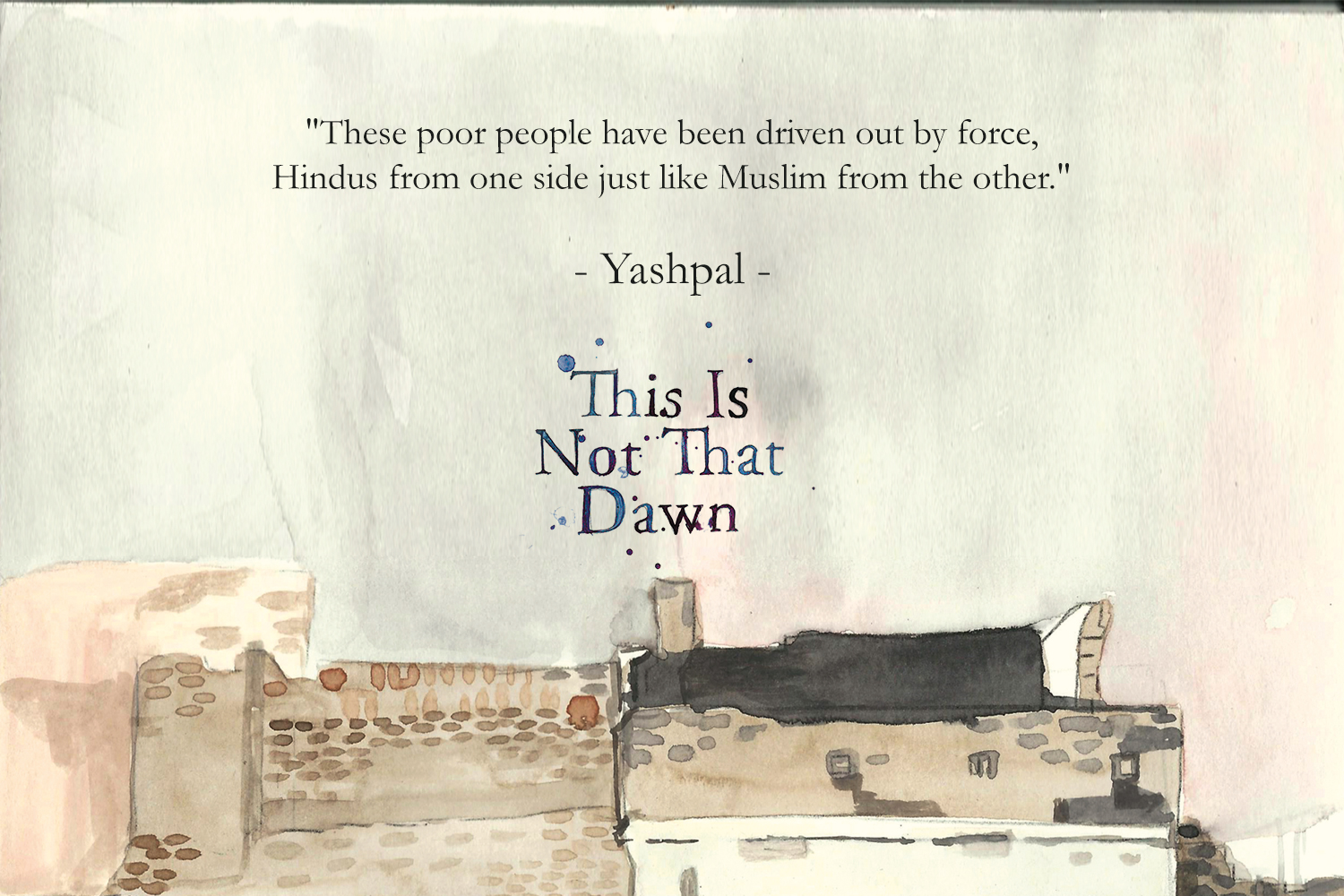
The Great Partition by Yasmin Khan
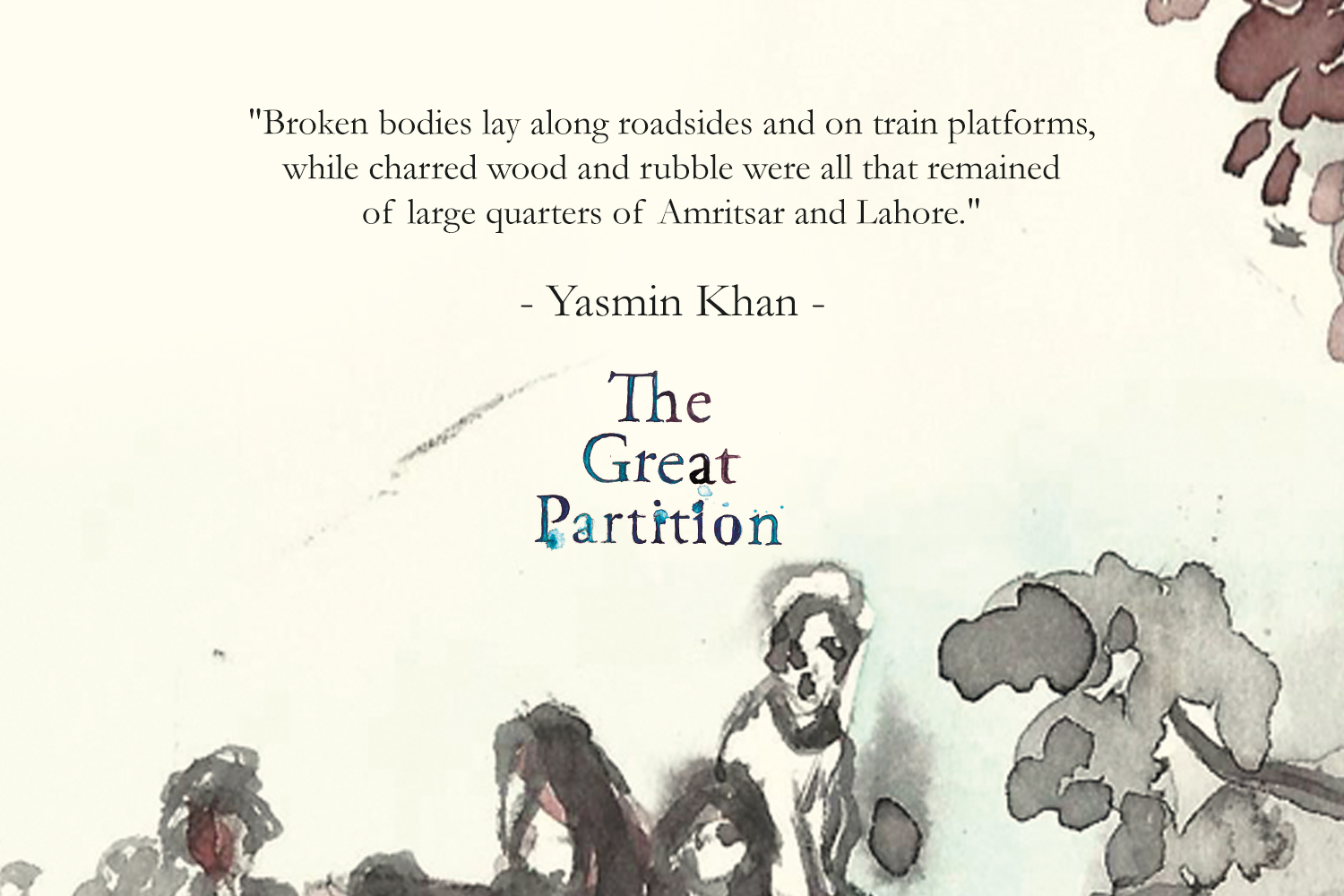
In Freedom’s Shade by Anis Kidwai

Pick up this collection and re-visit the heart-rending event.
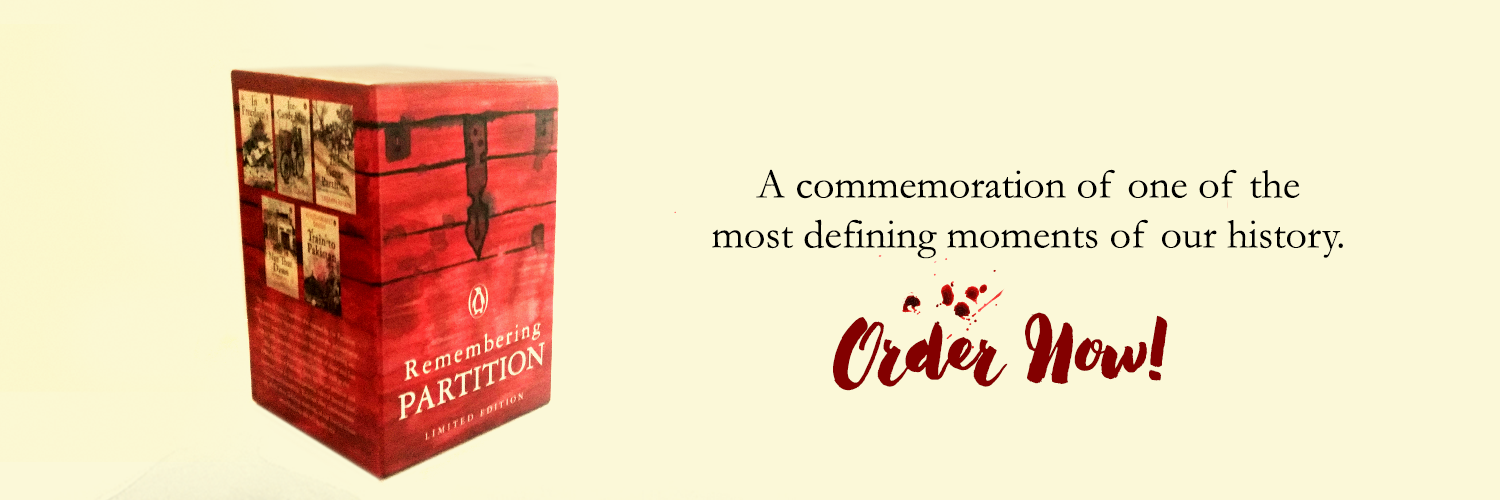
5 Things You Didn’t Know About Sister Nivedita
Margaret Noble, called Margot by her family and friends, came to India in 1898 inspired by Swami Vivekananda. She took the vows of celibacy and devoted the rest of her life to the cause of India. During her stay in India, she impressed many famous national figures and even influenced the ending of Rabindranath Tagore’s novel Gora.
Reba Som in her compelling biography of Sister Nivedita traces the development of Margaret from an Irishwoman into Sister Nivedita and finally into ‘Lok Mata’ or ‘People’s Mother’—a title bestowed on her by Tagore.
Here are five things you probably didn’t know about Sister Nivedita.
She lived up to her given name and devoted herself fully to the cause of India.

She wrote over 800 letters to her friends.

After her death, Josephine MacLeod decided to share Nivedita’s personal papers and letters with Lizelle Reymond for a definitive biography of Sister Nivedita in French, which was translated into English as The Dedicated: A Biography of Nivedita (1953).

She took him under her wing, reassured him in moments of despair, invited financial assistance for his work and constantly edited and helped in the writing of his manuscripts.

She wished to learn the culture of faraway India so she could contribute towards the education of women in the light of their own civilizational values.

Do you know more such facts about Sister Nivedita? Share with us.

4 Books by Gita Mehta that Give You a Glimpse of the Real India
Writer Gita Mehta, born in Delhi but straddling her world between New York, London and the Indian capital writes four fascinating tales of India, going beyond the textbook definition of how we know it. Drawing largely from personal experiences and observations made not just from within the country, but as an outsider too, Mehta spins a masterful yarn of myths, legends, mysteries and shocking truths. Refreshingly irreverent, brilliantly candid, her four stories give a different slice each of the country we can only ever dream of knowing completely.
A River Sutra

Denouncing a life of unimaginable riches, a retired bureaucrat settles on the banks of river Narmada in search of solitude and peace. But little did he know that the mysteries of a young lover, an ascetic and a lovelorn woman were about to rock his boat as they unravelled on the banks of the holy waters.
Raj

Standing at the brink of a loveless marriage, motherhood and a freedom struggle that threatens her sovereignty, Raj is the journey of a royal Indian princess in the late nineteenth century – a journey taken through not only her soul, but also through her life’s biggest reality crumbling in front of her eyes.
Karma Cola

The mystical east, at the heart of which lies India, is the land of tigers and snake charmers, mysteries and the divine. It is where the West descends in search of spiritual answers. Amidst this heady cocktail, Gita Mehta busts a myth or two in her novel Karma Cola. From The Beatles to the stars of Hollywood who came to India on their spiritual quests, the novel sets off on a trail of half magic, mortal gurus and some ugly and bitter truths.
Snakes and Ladders

A land of paradoxes, India is a canvas of fascinating opposites that seamlessly blend to form the regular, the every day. From continuing to nurture the centuries-old caste system to fuelling the birth of the world’s largest cinema industry after Hollywood, Snakes and Ladders is an unapologetic zoom-in to an India at its most honest, most shocking.
Which story did you think comes closest to your idea of India?







